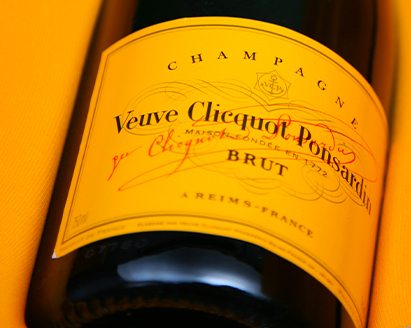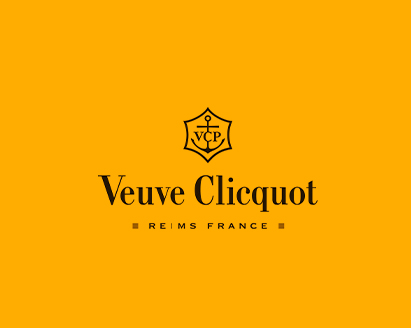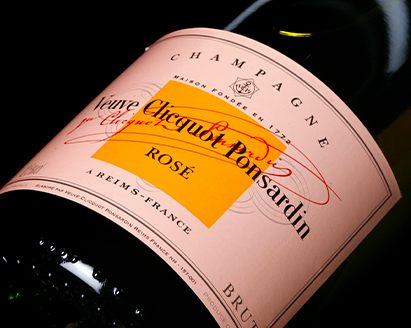Free Ground Shipping on all instock orders from $450 | See conditions

Veuve Clicquot Champagne
Questions about Veuve Clicquot? Discover our Veuve Clicquot FAQ page!Having become an internationally recognized brand with tremendous success, Veuve Clicquot traces its history back to the woman who...Read More
Veuve Clicquot Brut
The flagship bottling of Veuve Clicquot, the Brut Yellow Label champagne bears the House’s signature style. Golden-yellow in the glass, it expresses aromas of yellow and white fruit, vanilla and brioche.
Veuve Clicquot Rose
The legacy of Madame Clicquot, who was the first to blend a rosé champagne in 1818, the Veuve Clicquot Rose reveals a bouquet of fresh red fruits, dried fruits and biscuit on the nose.
Products (9)

$57.99
$57.99 / Unit
In stock. Available for pick-up at store
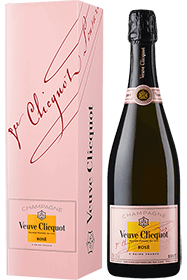
$69.99
$69.99 / Unit
In stock. Available for pick-up at store

The Time Capsule Collection
Up to 20% on 2016 and 2006 vintages*

$99.99
$99.99 / Unit
In stock. Available for pick-up at store
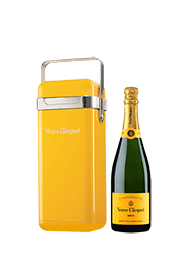
$99.99
$99.99 / Unit
In stock. Available for pick-up at store
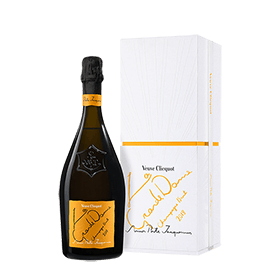
$199.99
$199.99 / Unit
In stock. Available for pick-up at store
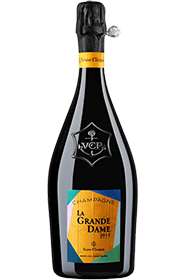
$199.99
$199.99 / Unit
In stock. Available for pick-up at store

$320.00
$320.00 / Unit
In stock. Available for pick-up at store

- White
$3,295.00
$3,295.00 / Unit
In stock. Available for pick-up at store
Single bottle
2018
2015
2012
1990
NV
Half-bottle
37.5CLBottle
75CLRosé (2)
White (7)
